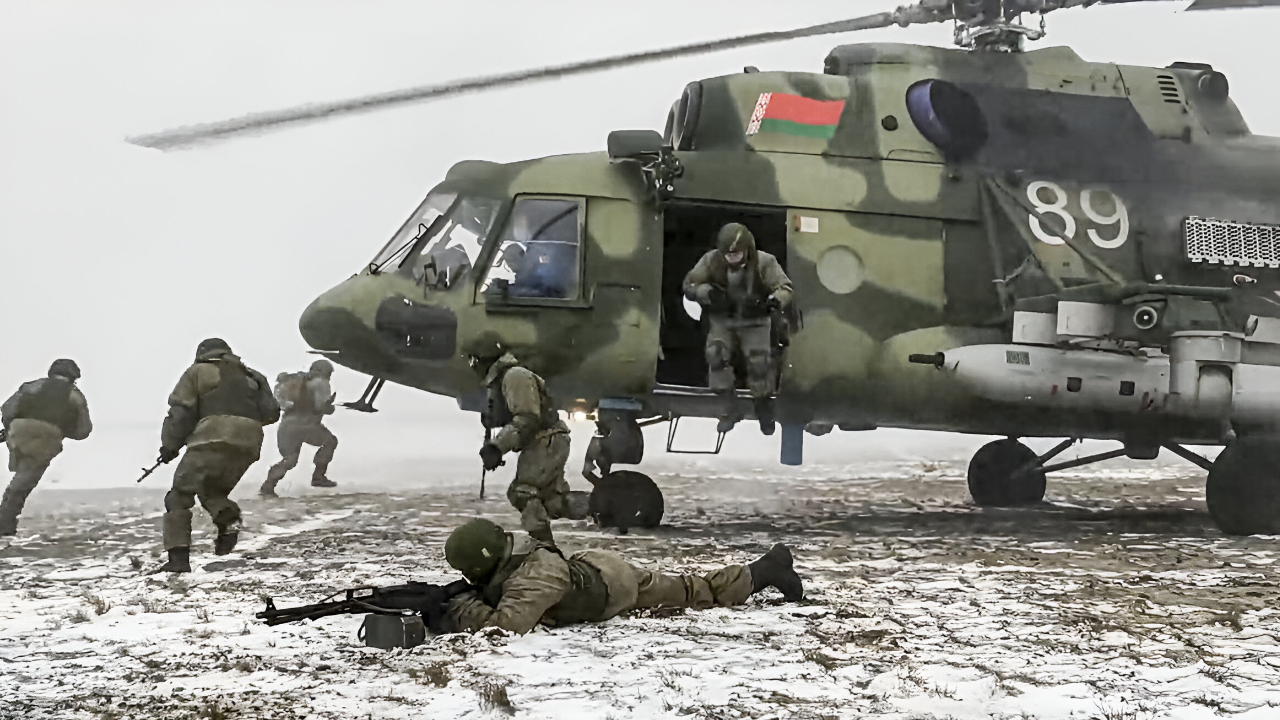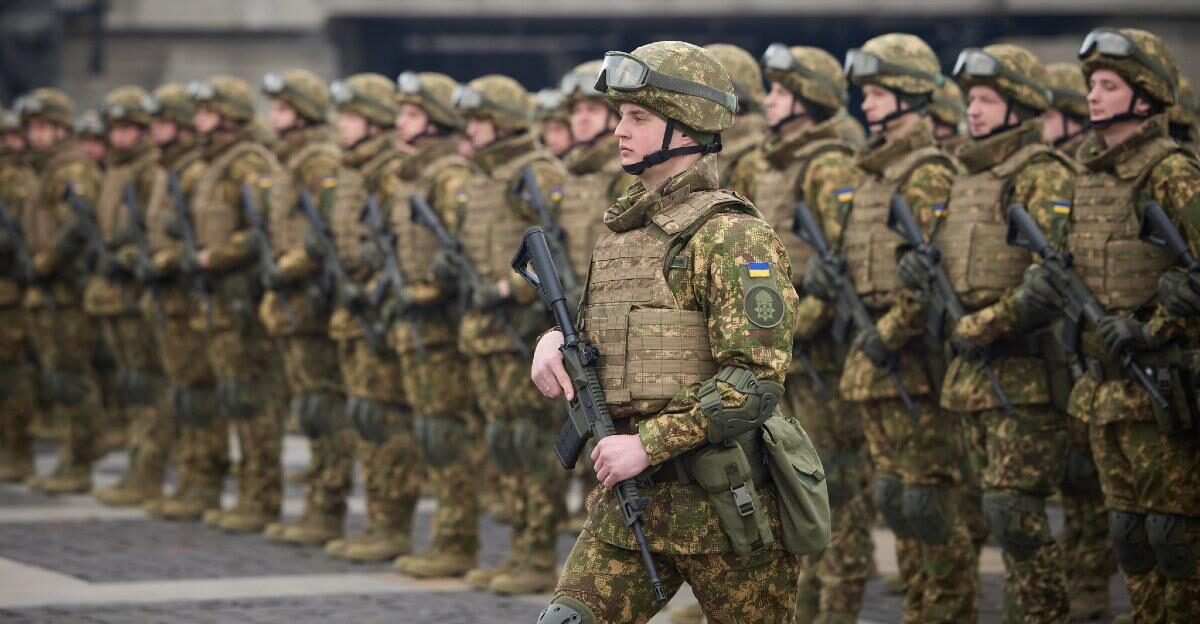
A single day in November 2025 marked one of the bloodiest episodes of the ongoing war in Ukraine, as Russian forces suffered staggering losses during a failed offensive in the east. The scale of the casualties—nearly 1,200 Russian soldiers killed or wounded in just 24 hours—underscored the intensifying violence and the mounting costs for both sides. As the world watched, the ripple effects of this battle extended far beyond the front lines, reshaping economies, industries, and daily life across Ukraine and Russia.
Relentless Assaults and Mounting Losses
The heavy Russian casualties stemmed from repeated, unsuccessful attacks near Pokrovsk in eastern Ukraine. Despite deploying large numbers of troops and equipment, Russian forces were met with fierce Ukrainian resistance. Artillery barrages and drone strikes decimated advancing units, leaving the battlefield littered with evidence of the failed assault. Ukrainian defenders, though outnumbered, leveraged advanced Western-supplied weaponry and coordinated tactics to repel the offensive, inflicting severe losses on the attackers.
This surge in violence did not spare civilians. Residents of front-line regions such as Donetsk and Luhansk endured renewed shelling and drone attacks, forcing families to seek shelter and halting reconstruction efforts. The constant threat of violence has left communities traumatized and daily life in a state of uncertainty.
Economic Strain and Shifting Markets

The war’s impact has rippled through both Ukrainian and Russian economies. In Ukraine, businesses—especially in the energy sector—have faced repeated disruptions. Naftogaz, the country’s major gas provider, saw its infrastructure targeted in early November, prompting urgent efforts to reinforce security and maintain operations. These attacks have threatened the stability of Ukraine’s energy supply and complicated efforts to keep the economy functioning under wartime conditions.
Meanwhile, Russia’s mounting battlefield losses have begun to strain its own economy. The Kremlin’s ongoing mobilization has depleted the workforce, particularly among young men, leading to labor shortages in key industries. Inflation has surged, reaching an estimated 6.5 to 7 percent by the end of 2025. Sanctions and the withdrawal of more than 1,300 foreign companies have further isolated the Russian economy, driving up prices for commodities such as wheat, oil, nickel, and palladium. These disruptions have sent shockwaves through global markets, affecting supply chains and consumer prices worldwide.
Innovation and Global Defense Realignment

The conflict has also accelerated changes in the global defense industry. Ukraine’s reliance on Western technology has spurred new collaborations between major arms manufacturers. Companies like Lockheed Martin and Rheinmetall have announced joint ventures to increase production of missiles, drones, and artillery systems. These partnerships reflect a broader shift in defense priorities, as nations reassess their military capabilities in light of lessons learned from the war.
At the same time, Western defense and energy firms have seen financial gains, even as Russian industries struggle under the weight of sanctions and battlefield setbacks. The war has prompted investors to pay closer attention to geopolitical risks, with many seeking to diversify their portfolios in response to ongoing volatility in commodities and defense stocks.
Human and Environmental Costs

Beyond the economic and military dimensions, the war’s toll on Ukrainian society has been profound. Nearly 10 million Ukrainians are now at risk for mental health conditions, as the relentless violence and uncertainty have overwhelmed social services. Families across the country continue to grapple with trauma, loss, and the daily reality of living under threat.
The environmental consequences are also becoming more apparent. The widespread use of artillery and drones has devastated forests and farmlands in eastern Ukraine, contaminating soil with metals and leaving scars on the landscape that may persist for years. These damages add another layer of complexity to the country’s eventual recovery.
International Response and the Road Ahead

In the wake of Russia’s heavy losses, Ukraine’s military leadership has renewed calls for sustained Western support. NATO has reiterated its commitment to providing aid, emphasizing the strategic importance of maintaining pressure on Russian forces to prevent further escalation. Meanwhile, global consumer sentiment has shifted sharply against Russian goods and services, with widespread boycotts and sanctions reshaping international trade patterns.
As the war grinds on, the stakes remain high for all involved. The record casualties suffered by Russian forces in November serve as a stark reminder of the conflict’s human cost and its far-reaching implications. With no clear end in sight, the world continues to watch as the war’s effects unfold—on the battlefield, in the marketplace, and in the lives of millions caught in its path.